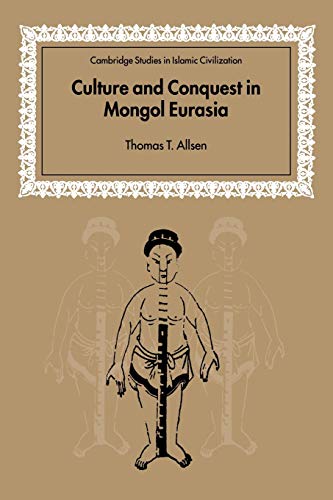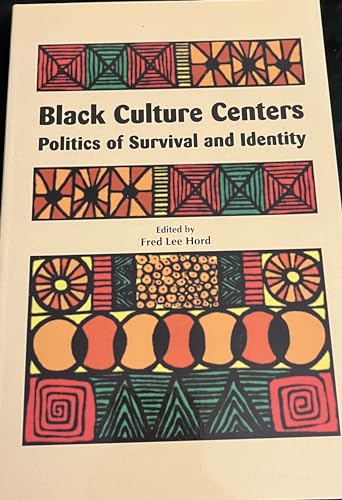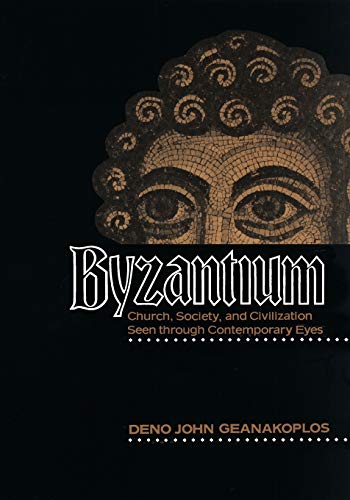Corn Is Our Blood: Culture and Ethnic Identity in a Contemporary Aztec Indian Village (Civilization of the American Indian Series)
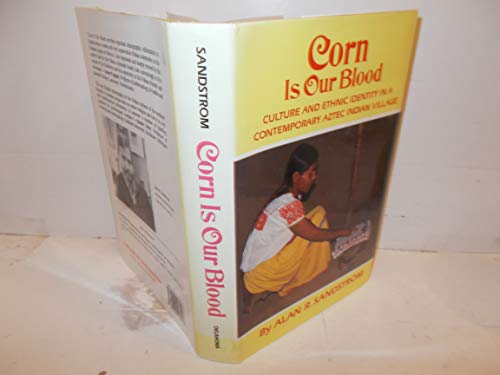

sku: COM9780806123998USED
ACCORDING TO OUR RECORDS THIS PRODUCT IS NOT AVAILABLE NOW
$93.73
Shipping from: Canada
Description
Almost a million Nahua Indians, many of them descendants of Mexico's ancient Aztecs, continue to speak their native language, grow corn, and practice religious traditions that trace back to pre-Hispanic days. This ethnographic sketch, written with a minimum of anthropological jargon and illustrated with color photographs, explores the effects of Hispanic domination on the people of Amatlan, a pseudonymous remote village of about six hundred conservative Nahuas in the tropical forests of northern Veracruz.Several key questions inspired anthropologist Alan R. Sandstrom to live among the Nahuas in the early 1970s and again in the 1980s. How have the Nahuas managed to survive as a group after nearly five hundred years of conquest and domination by Europeans? How are villages like Amatlan organized to resist intrusion, and what distortions in village life are caused by the marginal status of Mexican Indian communities? What concrete advantages does being a Nahua confer on citizens of such a community?Sandstrom describes how Nahua culture is a coherent system of meanings and at the same time a subtle and dynamic strategy for survival. In the 1980s, however, the villagers presented themselves as less Indian because increased urban wage imigration(sic) and profound changes in local economic conditions diminished the value of the Indian identity. Long-term participant-observation research has yielded new information about village-level Nahua society, culture change, magico-religious beliefs and practices, Protestantism among Mesoamerican Indians, and the role of ethnicity in maintaining and transforming traditional culture. Where possible, the villagers' own words are used in telling their history and culture.
Price history chart & currency exchange rate


![The Lightning Within: an Anthology of Contemporary American Indian Fiction [signed]
The Lightning Within: an Anthology of Contemporary American Indian Fiction [signed]](http://pictures.abebooks.com/isbn/9780803246591-us.jpg)


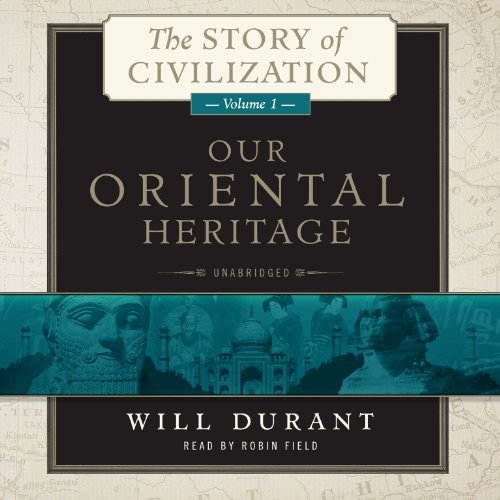

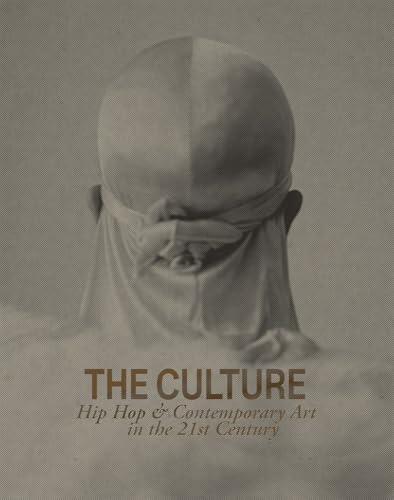


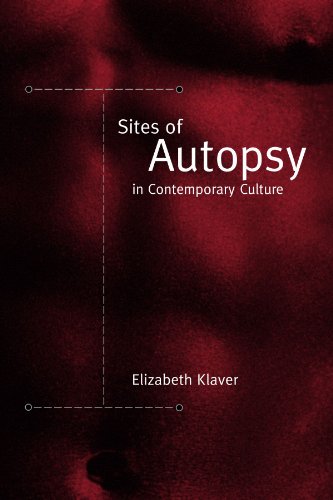

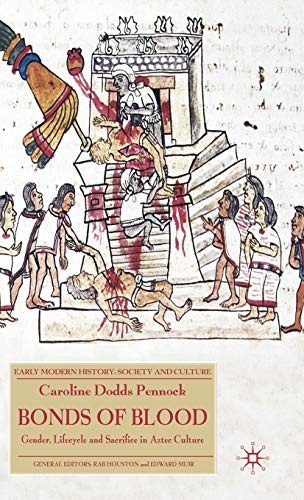
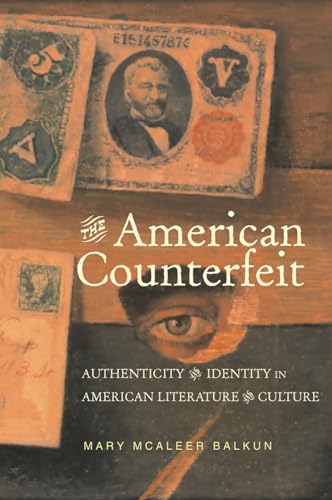
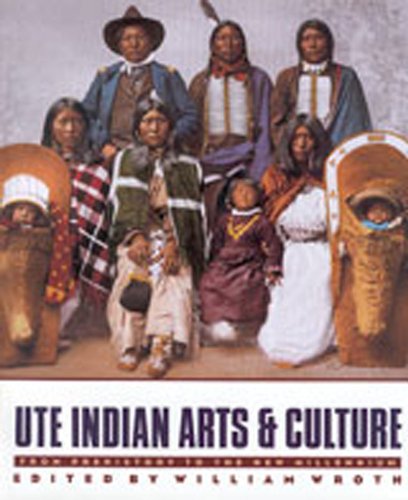
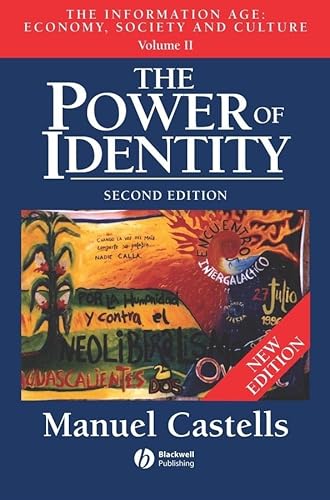

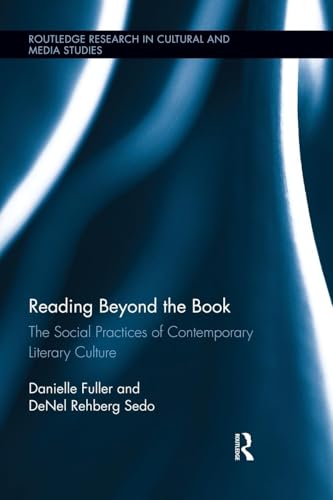


![The Posen Library of Jewish Culture and Civilization, Volume 6: Confronting Modernity, 1750âÂÂ1880 [Hardcover ]
The Posen Library of Jewish Culture and Civilization, Volume 6: Confronting Modernity, 1750âÂÂ1880 [Hardcover ]](http://pictures.abebooks.com/isbn/9780300190007-us.jpg)


![Parrot Culture: Our 2500-Year-Long Fascination with the World's Most Talkative Bird [signed]
Parrot Culture: Our 2500-Year-Long Fascination with the World's Most Talkative Bird [signed]](http://pictures.abebooks.com/isbn/9780812237931-us.jpg)

